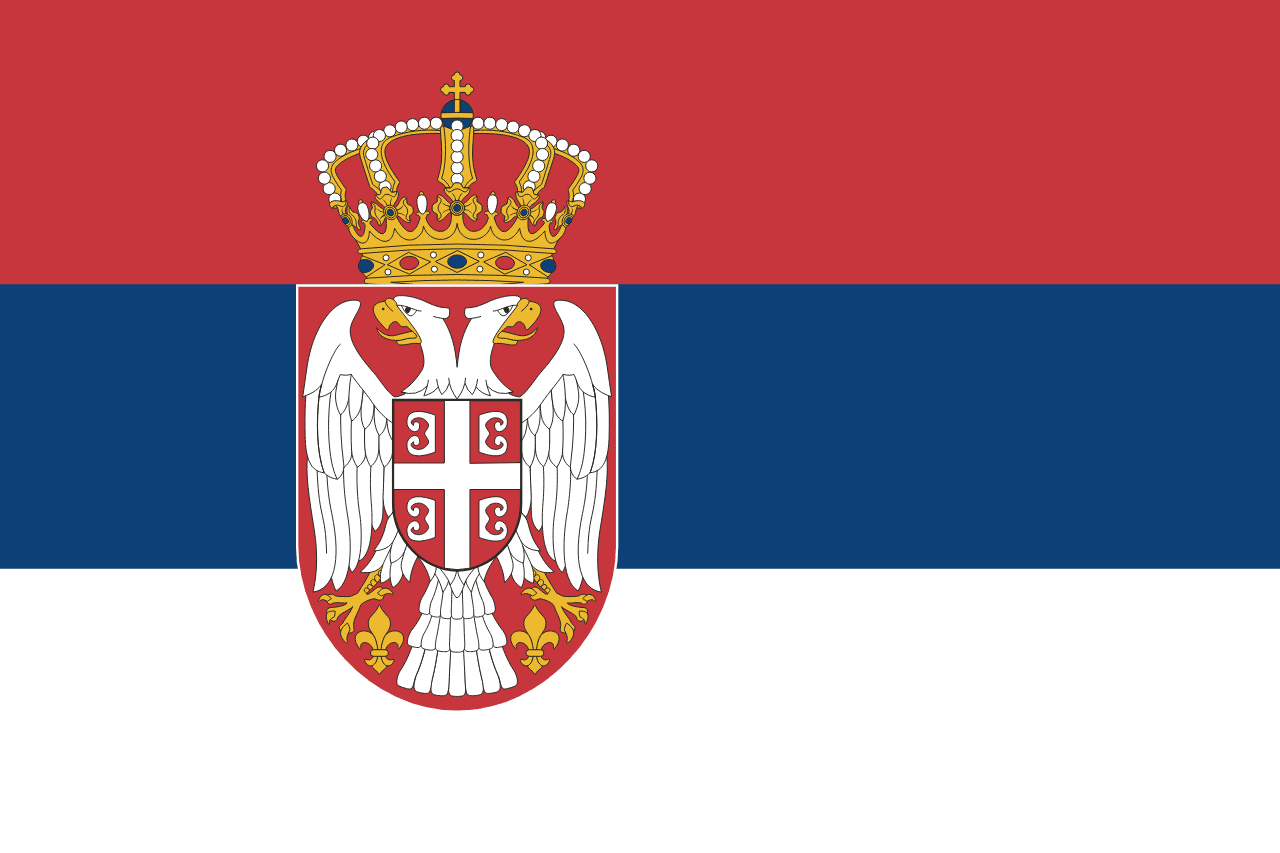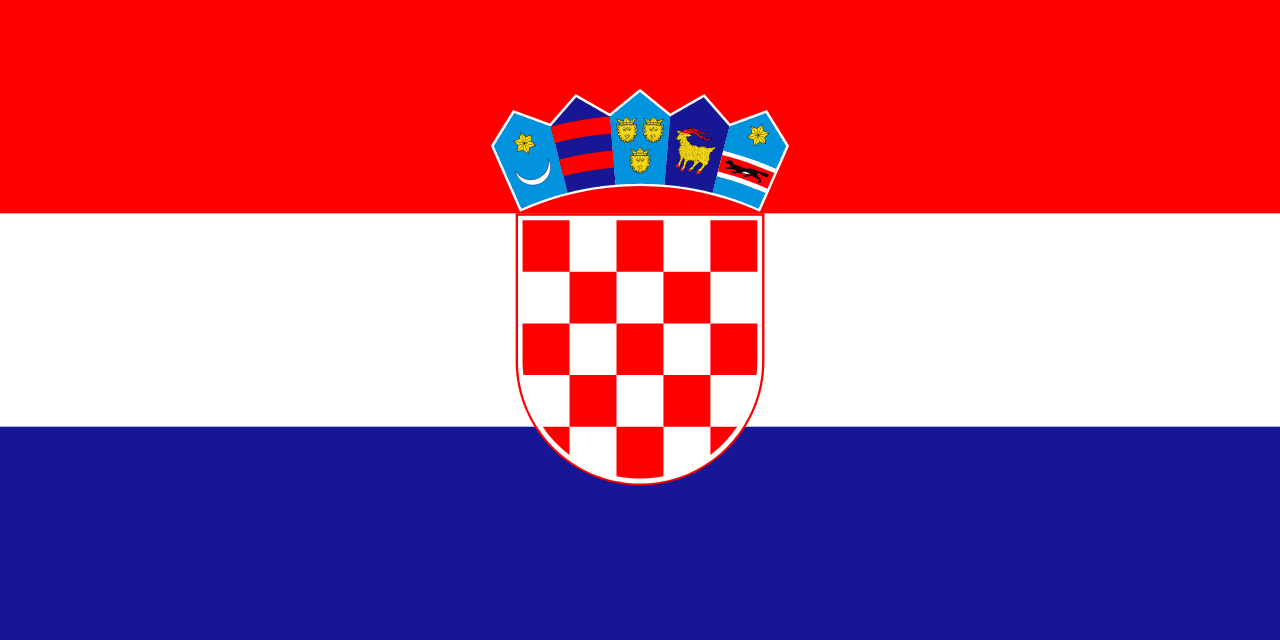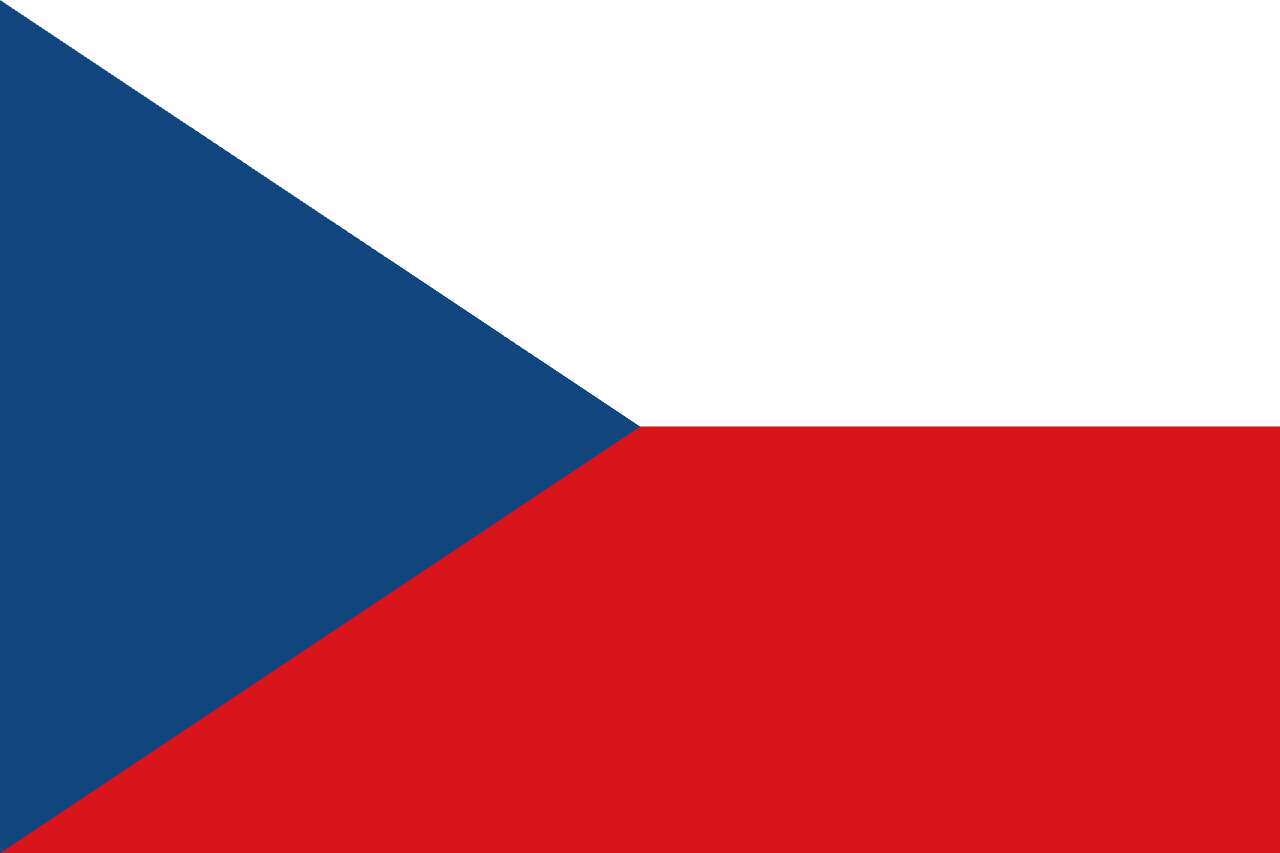Hungary Flag Meaning
Three horizontal stripes of red, white, and green representing strength, faithfulness, and hope, with colors rooted in medieval Hungarian heraldry and the struggle for independence from foreign rule.
- Continent
- Europe
- Adopted
- 1957
- Ratio
- 1:2
- Colors
- red, white, green
- Designer
- Unknown (traditional colors)

Symbolism
Red Stripe: Represents strength, courage, and the blood shed by Hungarian patriots in their struggles for independence and freedom, symbolizing the bravery of the Magyar people throughout their turbulent history in Central Europe.
White Stripe: Represents faithfulness, honesty, and the noble character of the Hungarian people, symbolizing purity of intention and the moral foundation of Hungarian culture and Christian heritage.
Green Stripe: Represents hope, joy, and the fertile Hungarian plains, symbolizing the agricultural wealth of the Carpathian Basin and optimism for the future of the Hungarian nation and its people.
History
- 896-1000: The Magyar tribes settled in the Carpathian Basin under Árpád, establishing the foundation of Hungary, with early tribal banners and symbols preceding formal national flags.
- 1000-1526: The Kingdom of Hungary under Saint Stephen I and his successors used various royal banners and heraldic symbols, with red, white, and green colors appearing in different combinations in medieval Hungarian heraldry.
- 1848-1849: During the Hungarian Revolution against Austrian rule, the red-white-green tricolor became a symbol of Hungarian independence and national identity, led by figures like Lajos Kossuth.
- 1867-1918: The Austro-Hungarian Compromise created the Dual Monarchy, with Hungary gaining significant autonomy while maintaining the tricolor as a symbol of Hungarian identity within the empire.
- 1920-1944: The Kingdom of Hungary used the tricolor during the interwar period and World War II, representing the truncated Hungarian state after the Treaty of Trianon reduced the country's territory significantly.
- 1949-1956: Communist Hungary adopted a version with the Soviet-style coat of arms, imposed by the Stalinist regime and representing the country's forced integration into the Eastern Bloc.
- October 1956: During the Hungarian Revolution, rebels cut out the communist coat of arms from flags, creating flags with holes as symbols of resistance against Soviet occupation and communist rule.
- 1957-1989: The communist government restored a plain tricolor without coat of arms, which remained until the fall of communism, representing the country throughout the Cold War period.
- 1989-Present: The peaceful transition to democracy maintained the simple tricolor, representing the Republic of Hungary and its integration into NATO and the European Union.
Trivia
- Hungary's flag is identical to that of Tajikistan except for proportions, and very similar to several other countries, leading to occasional confusion in international events.
- The 1956 Hungarian Revolution made the flag with a hole (where the communist coat of arms was cut out) an enduring symbol of resistance against oppression.
- Hungary is home to Lake Balaton, Central Europe's largest lake, and the flag represents a landlocked country known for its thermal baths and spa culture.
- The flag flies over a country that has produced more Nobel Prize winners per capita than almost any other nation, particularly in physics and chemistry.
- Hungarian is a unique Finno-Ugric language unrelated to neighboring Indo-European languages, making Hungary linguistically distinct in Central Europe.
- The flag represents the country that gave the world the Rubik's Cube, invented by Hungarian architect Ernő Rubik in 1974.
- Budapest, the capital, was originally three separate cities (Buda, Pest, and Óbuda) united in 1873, creating one of Europe's most beautiful capitals.
- Hungary has the oldest metro line in continental Europe (1896) and the second-oldest in the world after London's Underground.
- The flag flies over a country known for its contributions to mathematics, including John von Neumann and Paul Erdős, who made groundbreaking discoveries.
- Hungarian goulash (gulyás) is the national dish, and paprika is considered the national spice, representing the country's rich culinary traditions.
- The flag represents a country that was part of the Austro-Hungarian Empire, one of Europe's great powers before World War I.
- Hungary lost about two-thirds of its territory after World War I through the Treaty of Trianon, making territorial loss a significant part of Hungarian historical memory.
- The Hungarian Parliament Building in Budapest is one of Europe's most beautiful legislative buildings, featuring Gothic Revival architecture along the Danube.
- Hungary has more thermal springs than any other country, with over 1,000 springs feeding numerous spas and baths throughout the nation.
- The flag represents a country that played a crucial role in the fall of communism, with Hungary opening its border with Austria in 1989, helping end the Iron Curtain.
Related Countries

Slovakia
Europe
A horizontal tricolor of white, blue, and red with the Slovak coat of arms placed toward the hoist. The coat of arms features a double silver cross rising from three blue hills, symbolizing Christianity and Slovakia’s mountainous landscape.

Slovenia
Europe
A horizontal tricolor of white, blue, and red with the Slovenian coat of arms placed toward the hoist in the upper stripe. The coat of arms features Mount Triglav, Slovenia’s highest peak, three six-pointed golden stars, and wavy blue lines representing rivers and the Adriatic Sea.

Serbia
Europe
A horizontal tricolor of red, blue, and white with the national coat of arms offset toward the hoist. The coat of arms features a double-headed white eagle, the Serbian cross, and a royal crown.

Austria
Europe
Three horizontal stripes of red, white, and red, representing one of the world's oldest national flag designs, allegedly inspired by Duke Leopold V's blood-stained white surcoat after the Battle of Acre in 1191, and symbolizing the courage, honesty, and strength of the Austrian people.

Croatia
Europe
Three horizontal stripes of red, white, and blue with the Croatian coat of arms centered on the white stripe, featuring the distinctive red and white checkerboard pattern and five historical shields representing the regions of Croatia.

Czech Republic
Europe
Two horizontal stripes of white over red with a blue triangle extending from the hoist, combining Bohemian colors with Moravian blue, representing the historical lands and democratic ideals of the Czech nation.